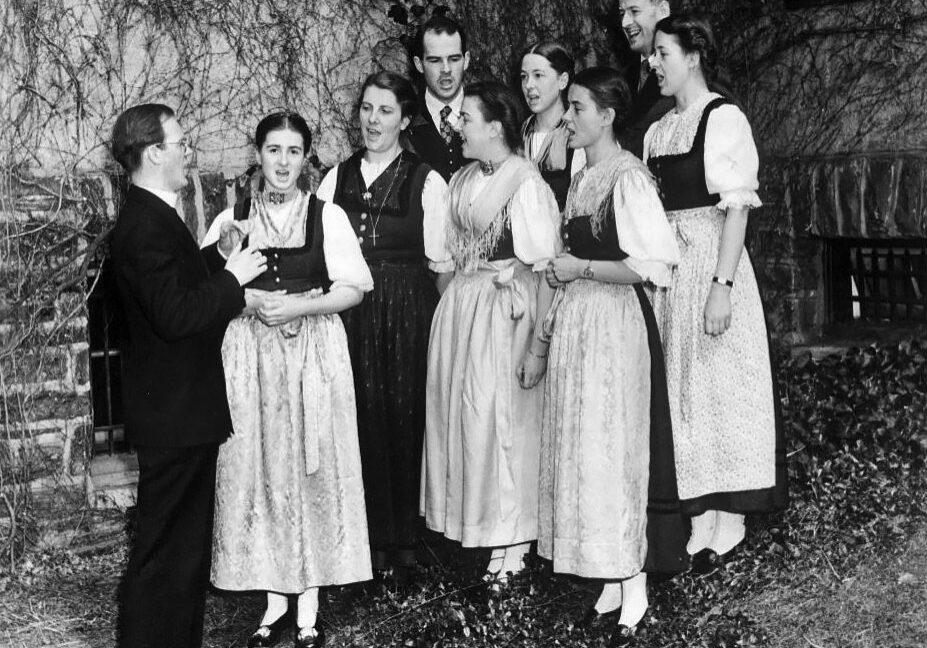We are fortunate in this region to have access to the Gateway Trail network, a system of multi-use professionally designed and environmentally sustainable trails adjacent to the community of Mount Shasta. Open for hikers, joggers, mountain bikers and equestrians, these trails provide pathways to stunning views, plenty of shade and a truly inspiring connection with the natural beauty of our volcanic region.
Mount Shasta Trail Association breaks new trails
The Mount Shasta Trail Association (MSTA), a group of local hikers and mountain bikers dedicated to providing access to the scenic beauty of the Mount Shasta wilderness while preserving its natural beauty, is 32 miles into the remarkable project of adding 46 miles of trails to the Gateway Trail network, with trails for every hiking and biking ability winding throughout this picturesque region.
The group’s mission is to connect people to nature by designing, constructing and maintaining trails in the Mount Shasta area. “Our desire is to get people and especially kids, off their electronic devices and out doing something in nature, in the trees, on the trails, at lakes and rivers,” says John Harch, MSTA president.
MSTA spent $110K 12 years ago to rebuild some informal trails behind Mount Shasta High School, make them erosion resistant and get them accepted by the Forest Service as formal trails. These 10.7 miles of trails were called Gateway I. “Then we said ‘Hey, can we build a whole bunch more?,’” John says. “So we conceived the plan called Gateway II to build 46 miles of trails.”
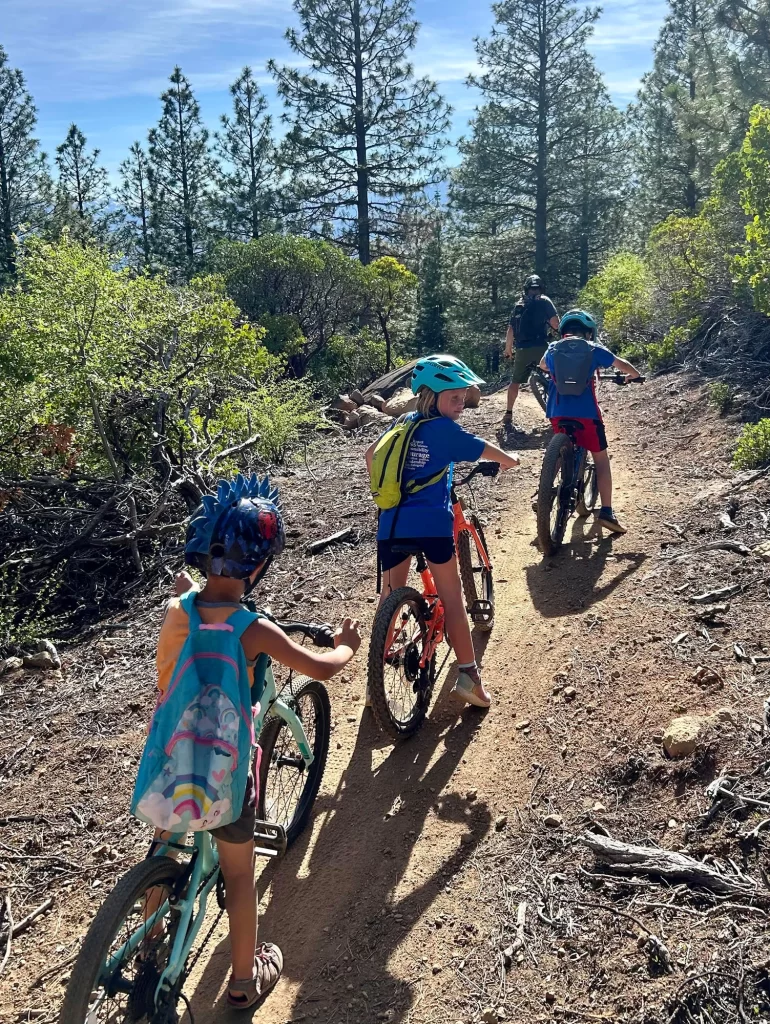
The Gateway Trail System is designed especially for children and families to hike, bike and enjoy.
The miracle of the Gateway II Trail System
“I thought ‘we’ll never get the money; we’ll never pull this all together and get the environmental report work done’,” John says. But after almost five years, (three of which were spent just on the environmental assessment before they put a shovel in the ground), and $2 million, much of the funding coming from foundation and state grants, the Gateway II Trail System is almost complete. John predicts the last few miles of trail will be finished by the end of 2025.
A trail zone for every ability
The new trail system includes three zones, each designed for a different purpose: The Learning Center Zone, the Community Zone and the Big Mountain Zone. The Learning Center Zone is 10 miles of trails specifically designed for families with children. “The idea of the learning zone is that you can take your kids or beginner mountain bikers or hikers who don’t want to go down tough steep trails with rocks,” says John. “Children can learn to mountain bike. There are no rock features or jumps.” Families can park at the Nordic Center parking lot to embark on the Learning Zone trails.
The Community Zone is 15 miles of easy, flowing, wide, smooth trials, appropriate for most hikers and mountain bikers, from beginning to intermediate. Filled with opportunities for scenic overlooks and areas to put down a blanket and picnic, this is a popular trail zone.
The Big Mountain Zone is 11 miles of mountain bike-centric trails. Although hikers can navigate some trails in this zone, a few trails will be so rocky and steep they are mountain bike preferred or mountain bike only. When complete, there will even be a seven-mile trail that will go from Vista Point down to the south end of the town of Mount Shasta.
In the summertime, hiking or biking the Gateway Trails System is a great way to get away from sweltering high temps. Most of the trails in all zones are shaded. When it’s 115 degrees in Redding, it can be 80 degrees in the shade on a Gateway trail, according to John.
Gateway II is helping to build community
In addition to creating meaningful jobs associated with the construction, equipment operation, engineering and design, permitting, assessment and surveys, community outreach, project management and more, the Gateway Trail System expansion is also expected to generate $1 million per year in total revenue for surrounding communities from increased outdoor recreation spending.
Volunteers will help “buff up” and maintain the trails. AmeriCorps workers, (along with the U.S. Forest Service), as well as MTSA and SORA volunteers will be doing the fine rake-work on the recently completed trails. John says, “Now our job, if we don’t plan any other trails, is to maintain all these trials, which is a huge job. We are going to need money and a paid crew to maintain 46 miles of trails in the future.”
If you would like to get out in nature and help with the finish work on these trails, or donate to maintain these exceptional scenic pathways, go to mountshastatrailassociation.org.
 Trail stewardship is up to all of us
Trail stewardship is up to all of us
Increasing use of trailheads, trails, lakes and rivers has resulted in littered trails, overflowing garbage cans and damage to landscape. Below are some simple steps everyone can take to help conserve this uniquely beautiful area. Motorized vehicles of any kind, including motorized bicycles are prohibited on the Gateway Trail System. If it makes noise or spews exhaust, leave it home.
- Plan Ahead: Check out the maps on the Mount Shasta Trail Association website to plan your trip and print one out from the MTSA website to take with you. Or download one of the local trail map apps. Dress appropriately for hiking and changes in temperature. Check the weather, carry appropriate food, water and spare clothing. Let someone know where you are planning to be for the day.
- Pack it In, Pack it Out: You’re responsible for everything you bring or create, including plastic, food, garbage, human waste and any ceremonial items, (crystals, sage, flowers, fruit or other foods, etc.). Dig cat holes 200 feet from water and trails. NEVER leave toilet paper in the forest. Take all ceremonial items home with you. Many of these items can be toxic to animals, including incense and some flowers.
- Don’t Be a Taker: Don’t take any natural souvenirs from the forest. Leave nature the way you found it. This means letting wildflowers grow so they can reproduce and be there for pollinators and other hikers to enjoy.
- Stick to the Path: Stay on established and designated National Forest System trails. This prevents damage to plants and animal habitats – and reduces the chance of your getting lost.
- Control your Beasts: Your canine companions are welcome, but please scoop up after your pet does its business on the trail. Keep your pet under control, (leash or voice command). Don’t allow pets to chase wildlife, disrupt the landscape or menace or bark at other hikers and bikers.
- Listen to Smokey: Check with local ranger stations on campfire regulations. In many locations, campfires are not allowed or require a permit.
- Know about H20: Don’t wash in streams, rivers or lakes. Carry water 200 feet from the source to wash dishes, clothes or yourself. Don’t allow soap to get into waterways where it can poison plants and animals.
MSTA Partners Who Have Helped to Make the Dream of the Gateway II Trail System a Reality
- U.S. Forest Service, Shasta-Trinity National Forest
- McConnell Foundation
- California Natural Resources Agency
- Mt. Shasta Mountain Bike Association (Bike Shasta)
- Friesen Foundation
- Trail Labs Co.
- Deadwood Crew
- Community Foundation of the North State
- Siskiyou Land Trust
- Quercus Consultants
- Mountain Runners
- Siskiyou Outdoor Recreation Alliance (SORA)
- Pusher Video Production
- Shasta Gravity Adventures
Posted in: Out & About, Siskiyou County News
Comment Policy: All viewpoints are welcome, but comments should remain relevant. Personal attacks, profanity, and aggressive behavior are not allowed. No spam, advertising, or promoting of products/services. Please, only use your real name and limit the amount of links submitted in your comment.
You Might Also Like...
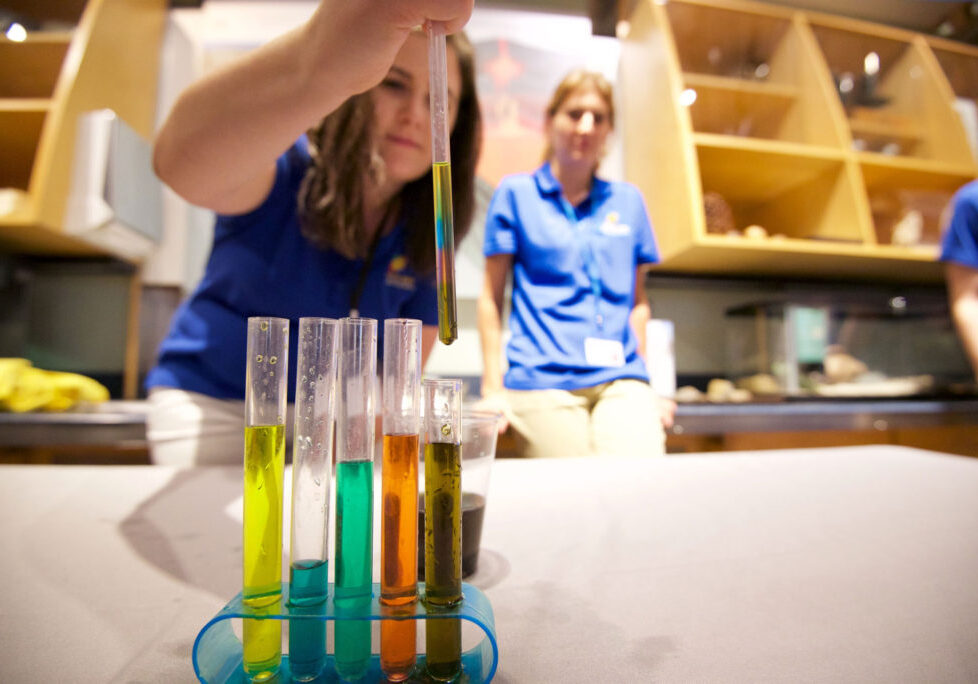
Summer Camps & Classes
After a year when your kids have missed social time with friends, the good news is that summer camp — during the day — is making a comeback in the […]
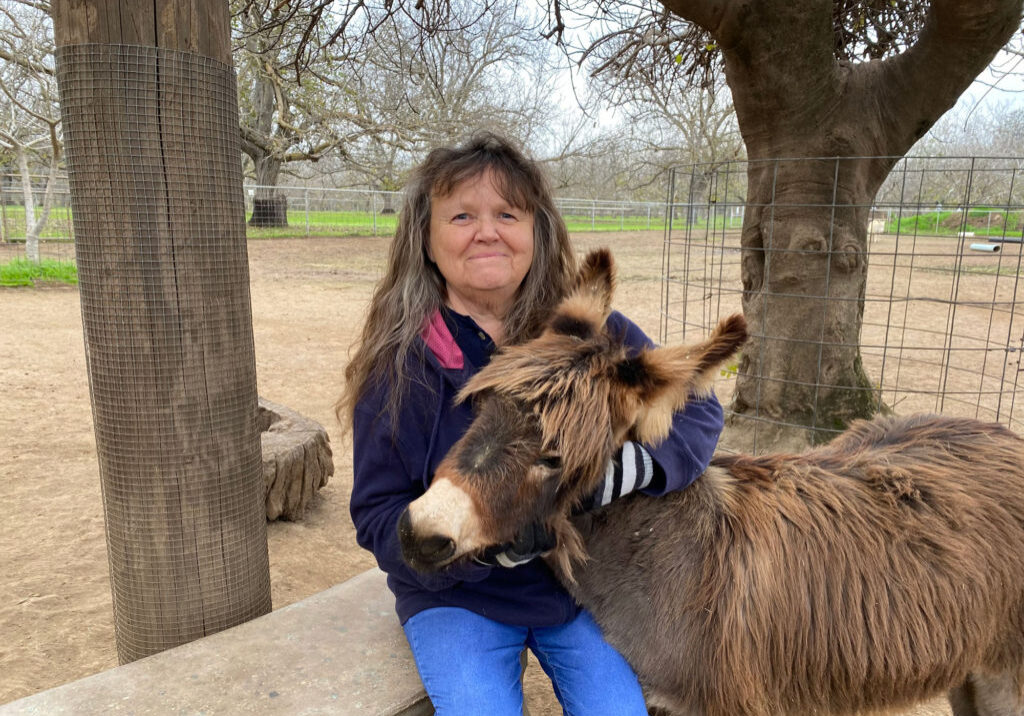
Gail Heaney – The Queen of Fun And Her Miniature Donkey Entourage
Jack and Gail Heaney of Los Molinos have been raising registered miniature Mediterranean donkeys for 28 years. The donkeys have been Gail’s crowning glory, but she has worn many other […]

Daytripping – Five Fun Picnic Spots
Finding time to get away isn’t easy. Many of us don’t have the time (or money) to get away to the coast or to Tahoe on a regular basis due […]

Paradise Dancefest – Circus de Paradise
This December 11th, Positive-I studio hosts their third Paradise Dancefest at the Paradise Performing Arts Center, featuring the exciting theme, “Circus de Paradise.” Geared for all ages, the show’s eclectic […]



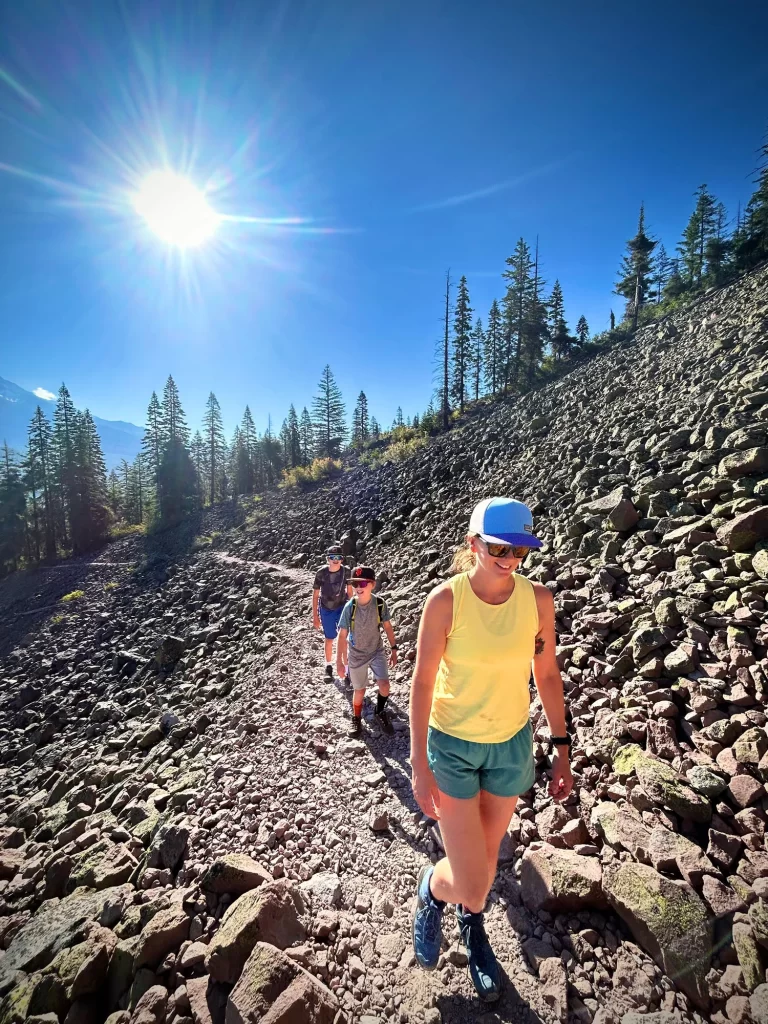 Trail stewardship is up to all of us
Trail stewardship is up to all of us